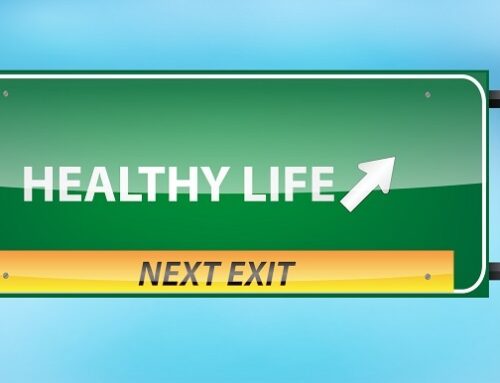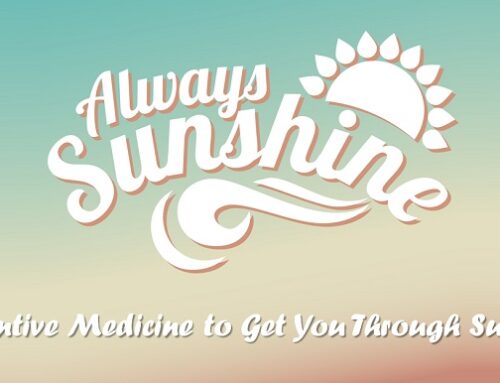By Maria Jauhar, M.D.
February is American Heart Month, when we work to change behaviors that put us at risk for heart disease – the No. 1 killer in the United States of both men and women. Each year, heart disease claims the lives of nearly 700,000 men and women – about one every 45 seconds.
To help keep you from being a statistic, here are five tips to prevent heart disease and stroke.
1. Know Your Blood Pressure
High blood pressure is called the “the silent killer” because it does not display any symptoms in most people. Also known as hypertension, high blood pressure wears down the inner lining of your blood vessels. The higher your blood pressure, the greater your risk of hypertension.
Healthy individuals have blood pressure lower than 115/70. The larger number is systolic and the smaller number is diastolic. For every increase of 10 mmHg in systolic and 5 mmHg in diastolic, the risk of heart disease doubles. In addition, heredity and increasing age raises your risk of developing hypertension.
2. Know Your Cholesterol
Abnormal or high cholesterol is a major contributor to heart disease. Your cholesterol includes both LDL, which is bad cholesterol (an easy way to remember this is to associate the “L” in LDL with “lousy”), HDL, which is good cholesterol (“H” can be associated with “healthy”), and triglycerides. The lower your “lousy” cholesterol (LDL) and the higher your “healthy” cholesterol (HDL), the lower your risk of cardiovascular disease.
Your cholesterol is determined by three factors. First, your genes play a role. If you come from a family of people with high LDL cholesterol, the greater the likelihood that you will have difficulty controlling your own LDL level. Second, what you eat can also impact your cholesterol. And finally, your cholesterol naturally increases with age.
The ideal ratio of total cholesterol divided by HDL cholesterol is 3.0. If your ratio is higher than 3.0, then you might to manage your diet – but keep in mind that diet alone can only decrease total blood cholesterol by about 10%. If your cholesterol poses a serios at risk, medication is almost always necessary to lower the LDL or to raise your HDL.
3. No Ifs, Ands, or Butts
If you smoke, stop. Cigarette smoking – and exposure to second-hand smoke – increases the risks of heart disease, lung disease, peripheral vascular disease and stroke. If you need help giving up tobacco, then please call us at 912-897-6832 to schedule an appointment to discuss a smoking cessation program that will work for you. Or click this link to schedule an appointment online.
4. Speaking of Butts, Get Off of Yours
Walking two miles a day – or roughly for 30 to 40 minutes – can have a huge impact on warding off cardiovascular disease. While two miles a day seems to be the magic distance, you don’t have to tackled all two miles at once. Studies have shown that two 15- to 20-minute walks a day have as much heart benefit as one 30- to 40-minute trek. Achieving heart health is not the only benefit of exercise; regular exercise is also one of the best treatments for depression and anxiety.
5. Limit Your Calories
There is an obesity epidemic in America, which is resulting to an alarming rise in the number of people with diabetes – which is a form of cardiovascular disease. If you have diabetes, your risk of heart disease is as great as someone who has already had a heart attack. Diet along with exercise can lower your weight, as well as your risk of developing diabetes and hypertension. Most important, stay away from fad diets – as they do not work. And don’t succumb to weight loss scams, which I wrote about in a recent blog, “How to Identify Weight Loss Scams.”
Bonus Tip
If you don’t know your blood pressure, cholesterol, or glucose levels, then maybe it’s time you schedule an appointment to be screened for cardiovascular disease. Just call us at 912-897-6832 to schedule an appointment or click this link to schedule an appointment online. During your appointment, we will discuss your risk factor, address diet and nutrition, and provide you with a smoking cessation plan, if needed.





